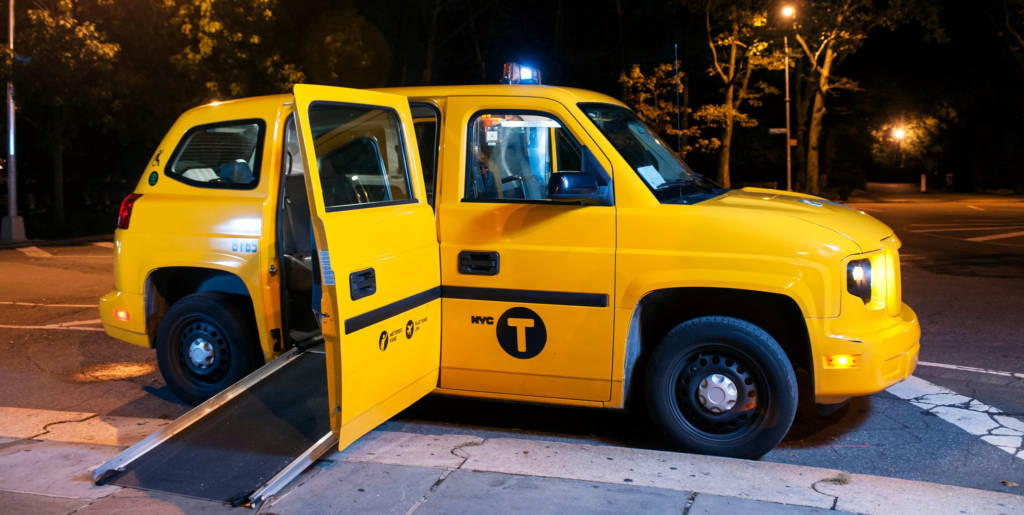Transportation plays a vital role in daily life, yet for individuals with mobility impairments, accessing convenient and safe travel options can be a significant輪椅的士app challenge. Wheelchair-friendly taxis offer a crucial solution by providing accessible vehicles equipped with ramps, lifts, and secure seating to accommodate wheelchair users. These taxis are designed to make travel seamless, allowing passengers to board and exit comfortably without the need for excessive physical assistance. As cities strive to create more inclusive transport systems, the demand for wheelchair-accessible taxis continues to rise, emphasizing the importance of expanding such services to improve mobility for all.

One of the main benefits of wheelchair-friendly taxis is the independence they provide for passengers with disabilities. Traditional taxis often lack the space and safety features required to transport a wheelchair user securely. In contrast, accessible taxis come with features such as hydraulic lifts, wide entryways, and specialized tie-downs to ensure stability during transit. Additionally, drivers of wheelchair-friendly taxis receive specialized training to assist passengers with boarding, securing their wheelchairs, and ensuring a smooth ride. This added level of care and accommodation allows individuals with mobility challenges to travel confidently, whether for work, medical appointments, or leisure activities.
Despite the advantages, accessibility in taxi services remains inconsistent across different regions. Many cities still face shortages of wheelchair-accessible vehicles due to high operational costs and limited incentives for taxi operators. Modifying a vehicle to be wheelchair-friendly requires significant investment, which some companies may hesitate to make without government support. To address this, several governments and local authorities have introduced subsidies, tax breaks, and grants to encourage the expansion of accessible taxi fleets. Furthermore, disability rights organizations continue to advocate for stricter regulations and policies that mandate taxi companies to include a minimum percentage of wheelchair-friendly vehicles in their fleets.
The rise of technology has played a crucial role in enhancing the accessibility of wheelchair-friendly taxis. Many taxi companies and ridesharing platforms now offer online booking options, where passengers can specifically request an accessible vehicle. These platforms provide real-time tracking, estimated arrival times, and direct communication with drivers, making the booking process easier and more transparent. Some services even allow passengers to pre-schedule rides, ensuring they have reliable transportation when needed. As technology continues to evolve, further advancements in accessibility features are expected, improving the overall experience for wheelchair users.
Looking forward, the future of wheelchair-friendly taxis depends on continued investment, innovation, and advocacy. The development of electric and autonomous wheelchair-accessible taxis could revolutionize mobility solutions for individuals with disabilities, providing eco-friendly and cost-effective transportation options. However, to achieve a truly inclusive transport system, governments, businesses, and communities must work together to increase the availability and affordability of accessible taxis. By prioritizing accessibility in transportation planning, society can empower individuals with mobility challenges, ensuring they have equal opportunities to travel freely and independently.
